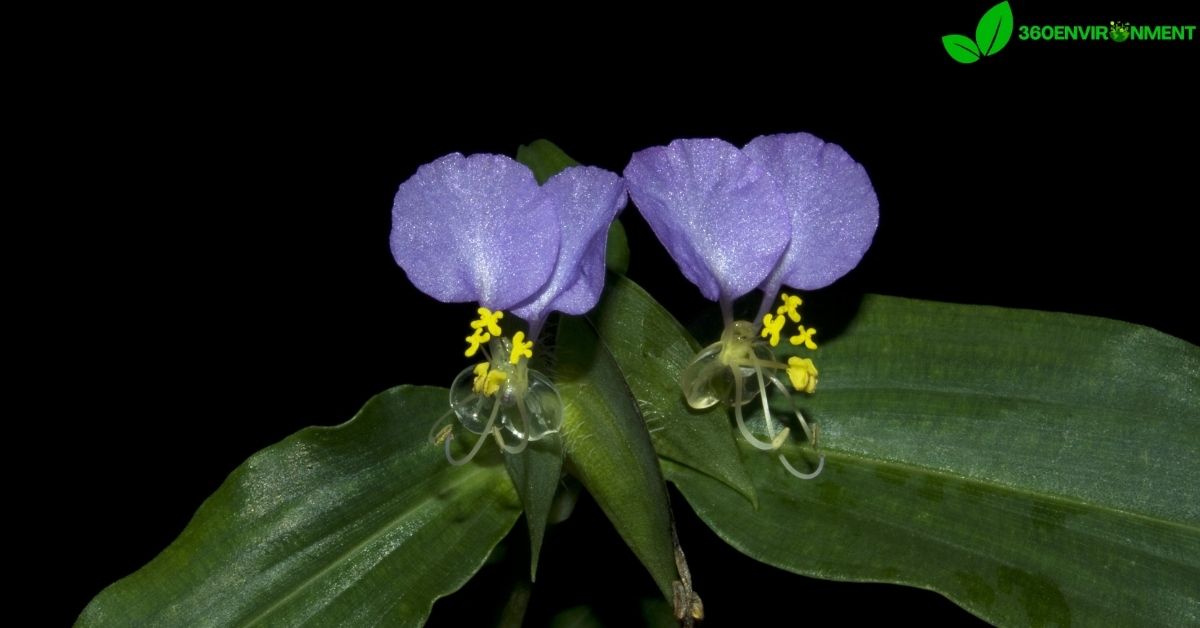The bird bill flower, a plant named for its unique resemblance to a bird’s bill, is a fascinating species that plays an essential role in its native environment. Found in various ecosystems, this flower is not just a spectacle for onlookers, but a key contributor to biodiversity and ecological interactions. From its relationships with pollinators to its ability to adapt to different habitats, the bird bill flower serves as a crucial part of its ecosystem, influencing both flora and fauna in subtle but significant ways.
In this article, we will delve deep into the environmental niche of the bird bill flower, exploring its adaptations, habitat, role in pollination, and interactions with other species. We will also discuss conservation concerns and efforts to protect this unique flower in the face of environmental changes and human activity.
1. Overview of the Bird Bill Flower
The bird bill flower is a visually distinctive plant that resembles the shape of a bird’s bill, which likely led to its common name. The shape of the flower has not only aesthetic value but also functional importance, aiding in its interaction with pollinators. While the exact scientific classification of the bird bill flower may vary depending on regional species, this general category of plants is renowned for its ecological role and adaptations to various environments.
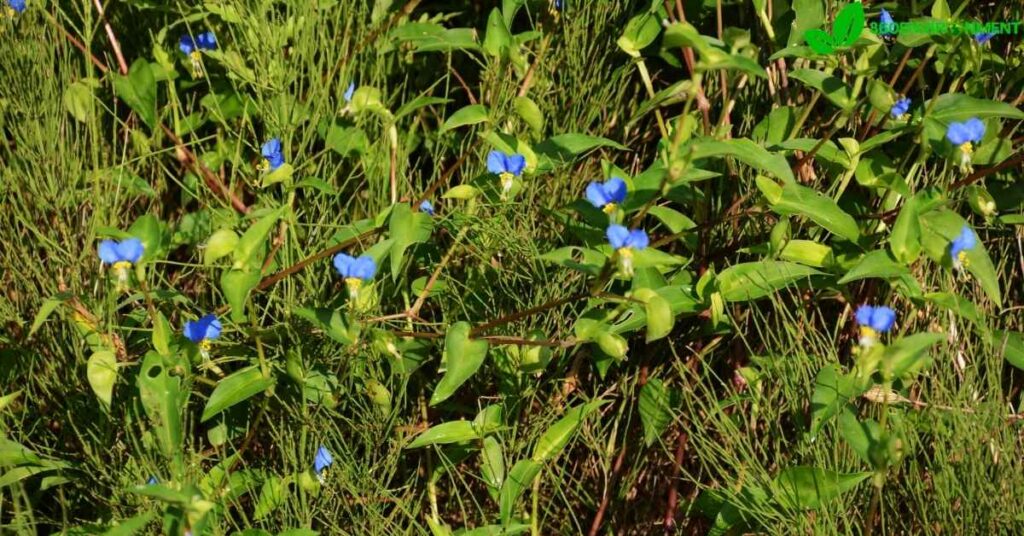
1.1. Physical Characteristics
The defining feature of the bird bill flower is its striking resemblance to a bird’s beak. This structure is more than just ornamental—its shape is often directly linked to its pollination strategy and its ability to attract specific species of birds or insects.
- Shape and Structure: The flower’s structure can be tubular or curved, mimicking the appearance of a bird’s bill. This adaptation allows it to interact effectively with specific pollinators, particularly birds or insects with long feeding apparatuses.
- Coloration: The bird bill flower often boasts vibrant colors such as red, orange, or yellow, designed to attract pollinators like birds, especially hummingbirds. The bright hues act as visual signals to pollinators, guiding them to the nectar-rich parts of the flower.
- Fragrance: Some varieties of the bird bill flower may emit subtle fragrances to attract insects, adding to their versatility in terms of pollinator attraction. These fragrances often peak during specific times of the day, aligning with the activity patterns of their target pollinators.
1.2. Behavioral and Functional Adaptations
The adaptations of the bird bill flower go beyond its physical appearance. Its behavior, including flowering patterns and interactions with the environment, plays a key role in its survival and reproduction.
- Flowering Time: The bird bill flower may bloom during specific seasons or times of the day, coordinating its reproductive cycle with the availability of pollinators. For example, in areas with migratory birds, the flowering period may coincide with the peak of bird migration.
- Nectar Production: The shape of the flower is specifically adapted to produce and store nectar in a way that is accessible to certain pollinators. The depth and orientation of the nectar stores ensure that only those animals with the correct morphology can access the nectar, thereby ensuring successful pollination.
2. Habitat and Geographic Distribution of the Bird Bill Flower
The bird bill flower thrives in various habitats, from tropical regions to temperate climates. Its adaptability allows it to flourish in a range of environmental conditions, and its distribution is closely tied to the presence of its primary pollinators. While certain species of the bird bill flower may be native to specific regions, their ecological niche is often defined by the habitat’s flora and fauna.
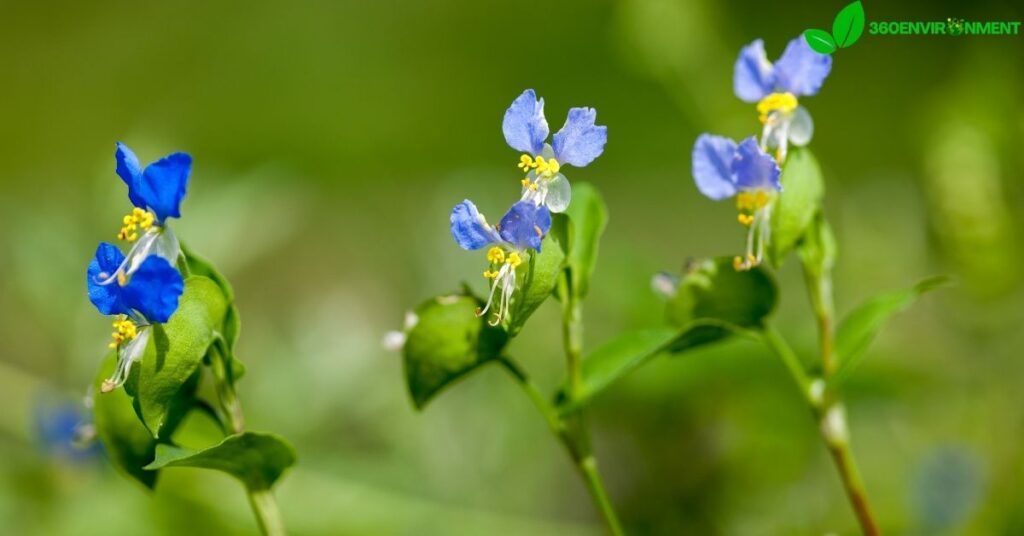
2.1. Tropical and Subtropical Habitats
In tropical and subtropical environments, the bird bill flower is most commonly associated with lush rainforests, where it benefits from high humidity, frequent rainfall, and the presence of a diverse range of pollinators.
- Rainforests and Humid Climates: In tropical rainforests, the bird bill flower can be found growing in the understory, where it receives filtered sunlight. Its brightly colored petals stand out against the green backdrop of the forest, attracting pollinators such as hummingbirds, butterflies, and other nectar-feeding creatures.
- Pollinator Abundance: The biodiversity of tropical regions provides the bird bill flower with a wide variety of pollinators. In these habitats, the flower may rely heavily on birds with long beaks, such as hummingbirds, as well as large butterflies and bees.
2.2. Temperate Zones and Grasslands
In temperate regions, the bird bill flower is often found in grasslands or meadows, where it plays a critical role in supporting local pollinator populations. Here, it may face different challenges related to climate, such as seasonal temperature variations, but it has evolved adaptations to survive in these environments.
- Meadows and Grasslands: The bird bill flower may bloom in open meadows or along forest edges, where it can attract insects such as bees, wasps, and butterflies. The plant’s resilience allows it to endure colder winters by lying dormant and re-emerging in the spring.
- Seasonal Flowering: In temperate zones, the bird bill flower may exhibit seasonal flowering, timing its bloom to coincide with the arrival of pollinators. The plant may also synchronize its blooming with temperature and rainfall patterns, ensuring that its flowers are available when conditions are optimal for growth and pollination.
2.3. Adaptations to Drier Climates
Some species of the bird bill flower have adapted to survive in drier climates, such as deserts or semi-arid regions. These plants have evolved mechanisms to conserve water and protect themselves from the harsh conditions of their environments.
- Water Conservation: In arid regions, the bird bill flower may develop specialized leaves or stems that help reduce water loss. It may also have deeper root systems to access underground water sources, allowing it to thrive in areas with limited rainfall.
- Heat Tolerance: The plant’s ability to withstand extreme heat and drought conditions allows it to persist in areas where many other plant species cannot survive. Its bright, colorful flowers are designed to attract desert pollinators, such as hummingbirds and certain types of moths.
3. Pollination and Ecological Role of the Bird Bill Flower
The bird bill flower plays an integral role in its ecosystem, particularly through its interactions with pollinators. By providing a reliable source of nectar, it supports a variety of species, while simultaneously ensuring its own reproductive success. The relationship between the bird bill flower and its pollinators is a fine example of coevolution, where the physical characteristics of both the plant and the pollinators have evolved to support one another.
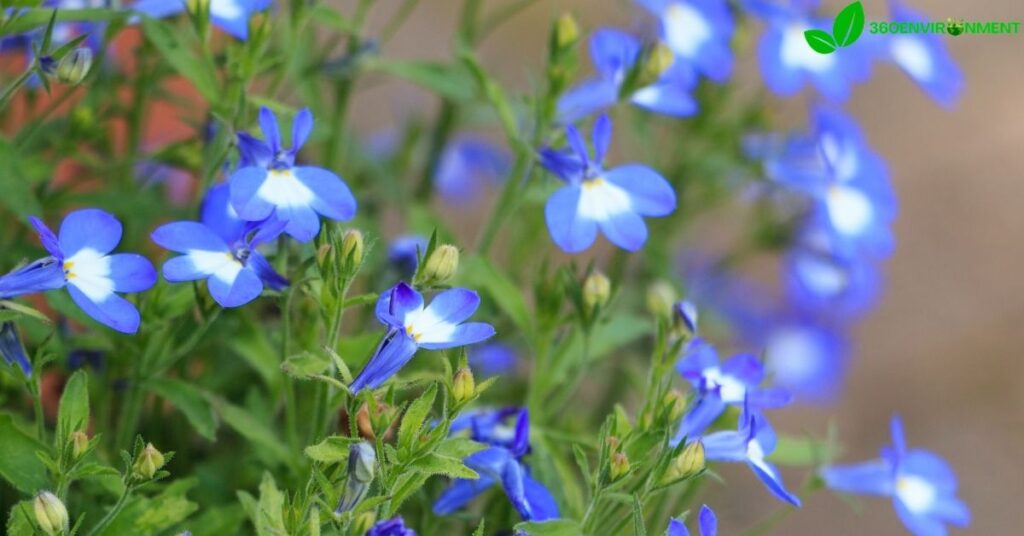
3.1. Relationship with Bird Pollinators
One of the most significant ecological relationships of the bird bill flower is with bird pollinators, particularly species like hummingbirds. The flower’s shape and color are highly specialized to attract these birds, making this interaction vital for both the flower’s reproduction and the birds’ feeding habits.
- Hummingbirds as Primary Pollinators: Hummingbirds are key pollinators for many species of the bird bill flower. Their long, slender beaks are perfectly adapted to fit into the narrow, tubular shape of the flower, allowing them to reach the nectar inside. As the birds feed, they inadvertently collect pollen on their heads and beaks, which is then transferred to the next flower they visit.
- Pollinator Specificity: The bird bill flower has evolved to favor specific bird species, creating a symbiotic relationship where the flower depends on the bird for pollination, and the bird relies on the flower for nourishment. This specificity ensures that the flower’s pollen is effectively transferred between plants, maximizing reproductive success.
3.2. Insect Pollinators and Their Role
While birds may be the primary pollinators of the bird bill flower, insects such as bees, butterflies, and moths also play an essential role in the plant’s reproduction. These insects are attracted by the flower’s bright colors, sweet nectar, and in some cases, subtle fragrances.
- Bees and Butterflies: Bees and butterflies are important pollinators for the bird bill flower, especially in regions where bird populations may be lower. These insects have specialized mouthparts that allow them to access the nectar, while their bodies pick up pollen in the process.
- Moth Pollination in Arid Regions: In drier habitats, moths may play a more prominent role in pollination. These nocturnal pollinators are attracted to the bird bill flower during the cooler hours of the evening and night, when temperatures are more suitable for foraging.
3.3. Ecological Contributions
The bird bill flower is a keystone species in many ecosystems, meaning its presence supports the biodiversity and functioning of the surrounding environment. By providing nectar to a wide range of pollinators, it indirectly supports other species that rely on these pollinators for food and reproductive success.
- Supporting Biodiversity: The flower’s relationship with its pollinators contributes to the overall biodiversity of the ecosystem. By attracting and feeding pollinators, the bird bill flower ensures the survival of these species, which in turn helps other plants and animals in the food chain.
- Plant-Pollinator Networks: The bird bill flower is part of complex plant-pollinator networks, where multiple species rely on one another for survival. The flower’s role in this network makes it a crucial component of ecosystem stability, especially in regions with diverse pollinator populations.
4. Adaptations and Survival Strategies of the Bird Bill Flower
The bird bill flower has evolved several adaptations that allow it to survive in a variety of environments. These adaptations not only enhance its ability to attract pollinators but also help it endure changing environmental conditions and threats from herbivores or pathogens.
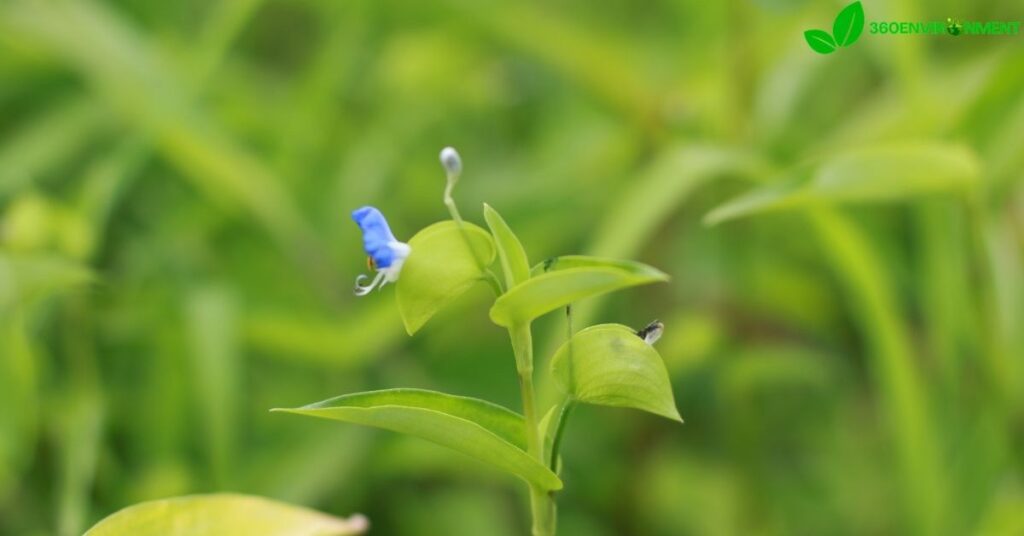
4.1. Flower Shape and Pollination Efficiency
The shape of the bird bill flower is one of its most important adaptations, as it maximizes the efficiency of pollination. By evolving a shape that closely matches the morphology of its pollinators, the plant ensures that its pollen is transferred effectively.
- Tubular and Curved Flower Structure: The tubular or curved shape of the bird bill flower is specifically designed to accommodate the beaks or feeding appendages of its primary pollinators. This precise fit ensures that the pollinator comes into contact with the pollen as it feeds, increasing the likelihood of successful pollination.
- Selective Pollinator Attraction: The structure of the flower may also serve to exclude certain less efficient pollinators, ensuring that only the most effective species are able to access the nectar. This selective process helps the plant maximize its reproductive success by attracting the right pollinators.
4.2. Seasonal Blooming and Climate Adaptations
The bird bill flower has evolved strategies to deal with seasonal changes and climate variability. These adaptations are particularly important in temperate and arid regions, where the availability of water and pollinators can fluctuate throughout the year.
- Drought Resistance: In regions prone to drought, the bird bill flower may exhibit traits such as water-efficient leaves or deep root systems. These adaptations allow the plant to survive extended periods of low rainfall by reducing water loss and accessing underground water reserves.
- Seasonal Dormancy: In colder climates, the bird bill flower may enter a period of dormancy during the winter months, conserving energy until conditions are favorable for growth and reproduction. This ability to survive harsh conditions ensures the plant’s long-term survival in challenging environments.
4.3. Defense Mechanisms
To protect itself from herbivores and pathogens, the bird bill flower has developed a range of defense mechanisms. These include physical structures, such as tough leaves or spines, as well as chemical defenses that deter animals from feeding on the plant.
- Chemical Defenses: Some species of the bird bill flower produce chemical compounds that make their leaves or flowers unpalatable to herbivores. These chemicals may also have antifungal or antibacterial properties, helping the plant resist infections.
- Physical Defenses: In addition to chemical defenses, the bird bill flower may also develop physical barriers, such as tough leaves, spines, or sticky surfaces, to deter herbivores. These adaptations reduce the likelihood of the plant being eaten, allowing it to focus its energy on reproduction.
5. Conservation Challenges and Efforts for the Bird Bill Flower
Like many plant species, the bird bill flower faces numerous threats from habitat destruction, climate change, and human activity. Conservation efforts are essential for ensuring the survival of this unique species and maintaining the ecological balance of the habitats it occupies.
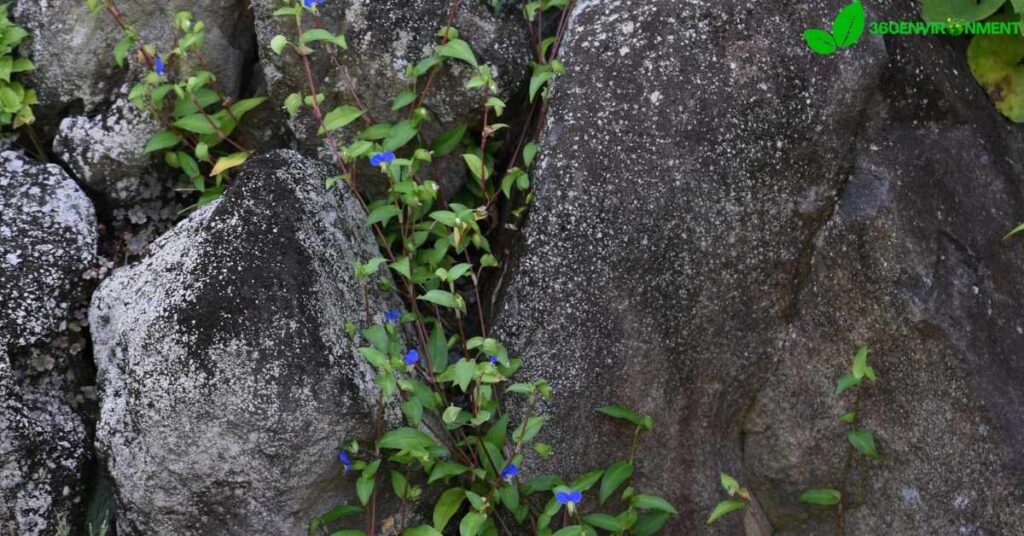
5.1. Habitat Loss and Fragmentation
One of the primary threats to the bird bill flower is habitat loss due to deforestation, agricultural expansion, and urban development. These activities reduce the available space for the plant to grow and disrupt the ecosystems that support its pollinators.
- Deforestation in Tropical Regions: In tropical regions, deforestation is a significant threat to the bird bill flower. As forests are cleared for agriculture or logging, the plant’s habitat is destroyed, and the populations of its pollinators are reduced.
- Habitat Fragmentation in Temperate Zones: In temperate regions, habitat fragmentation can isolate populations of the bird bill flower, making it difficult for pollinators to reach the plants. This isolation can reduce genetic diversity and increase the risk of population decline.
5.2. Climate Change and Its Impact
Climate change poses another significant threat to the bird bill flower. Changes in temperature and rainfall patterns can affect the plant’s ability to survive and reproduce, as well as disrupt the timing of pollinator activity.
- Shifts in Blooming Periods: As temperatures rise, the bird bill flower may bloom earlier or later than usual, potentially missing the peak activity of its pollinators. This mismatch can reduce the plant’s reproductive success and affect the populations of its pollinators.
- Increased Droughts and Heatwaves: In regions experiencing more frequent droughts or heatwaves, the bird bill flower may struggle to survive. Plants that are unable to adapt to these changing conditions may face a higher risk of extinction.
5.3. Conservation Efforts and Solutions
Conservation efforts for the bird bill flower focus on protecting its habitat, promoting sustainable land-use practices, and raising awareness about the importance of pollinator-plant relationships. These efforts are essential for ensuring the long-term survival of the species.
- Habitat Protection: Establishing protected areas in regions where the bird bill flower grows is crucial for preserving its habitat and the pollinators that rely on it. National parks, wildlife reserves, and conservation areas can provide a safe haven for the plant and its associated species.
- Pollinator Conservation: Conservation efforts should also focus on protecting pollinator species, such as birds, bees, and butterflies. By promoting practices that support pollinator health, such as reducing pesticide use and planting native flowers, conservationists can help ensure the continued survival of the bird bill flower.
Conclusion: The Ecological Importance of the Bird Bill Flower
The bird bill flower is a remarkable plant that plays a vital role in its ecosystem. Through its interactions with pollinators and its ability to adapt to a wide range of environments, this flower contributes to the biodiversity and health of the habitats it occupies. However, like many plant species, it faces significant challenges from habitat destruction, climate change, and human activity.
By understanding the environmental niche of the bird bill flower and taking steps to protect its habitat and pollinators, we can help ensure the survival of this unique species. Conservation efforts focused on habitat protection, sustainable land use, and pollinator health are essential for maintaining the ecological balance of the ecosystems where the bird bill flower thrives. Through these efforts, we can preserve the beauty and biodiversity of the natural world for future generations.
Read More: Common Clover: Understanding Its Role in Ecosystems and Ecological Significance

